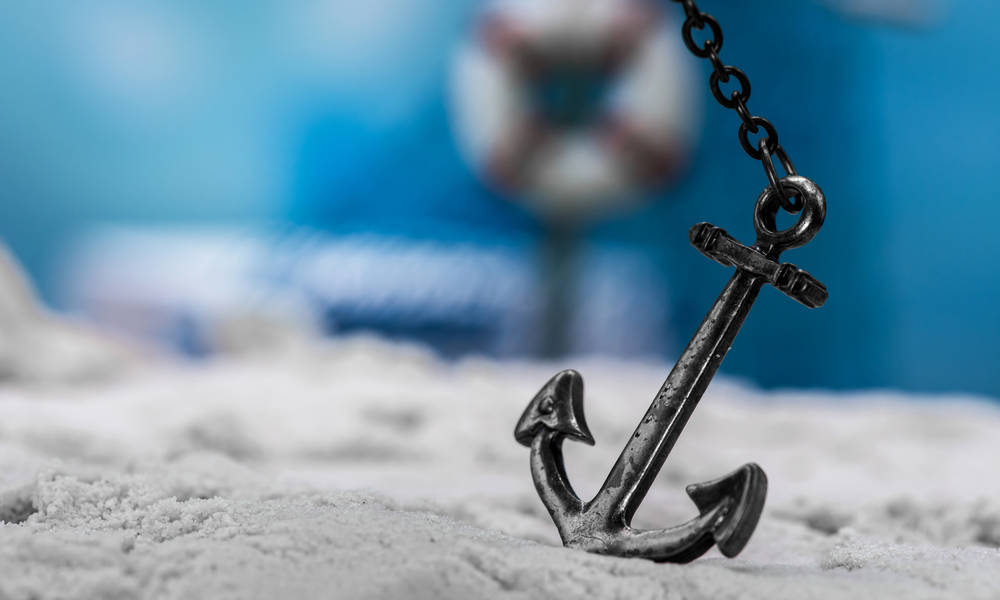
Marine Industry Anchors Together to Address Workforce Challenges
The Marine Retailers Association of the Americas, along with two other boating groups, collaborated on a new workforce development guide. They also hope to hire a workforce coordinator, whose job it will be to oversee the implementation.
The Marine Retailers Association of the Americas (MRAA), the National Marine Manufacturers Association (NMMA), and the Rhode Island Marine Trades Association unveiled their business plan—10+1 Strategy: A Marine Industry Guide to Growing the Workforce—at The American Boating Congress, which was held last week in Washington, DC. The plan, which provides specific strategies to strengthen the boating workforce, is the result of a yearlong collaboration among the organizations.
“Coming out of the recession, we started having a lot more of our members coming to us and telling us that they needed help—they needed more people, they needed skilled labor, they needed people with technical skills that they just couldn’t find,” said MRAA President Matt Gruhn.
After conducting a study about the industry’s workforce challenges, MRAA found that boat retailers couldn’t fill about 22 percent of open positions. Soon after, NMMA found that the manufacturing side was experiencing similar difficulties, so the two organizations decided to team up and develop solutions. They enlisted RIMTA as well, since the group already had some expertise in facing workforce challenges.
“This comprehensive, 30-page document provides action-oriented, solution-based approaches, in addition to myriad resources that we hope provide clear direction for the successful growth of our industry’s employers,” said Gruhn and Thom Dammrich, president of NMMA, in a joint statement.
The plan is organized into 10 strategies, which have applications at the national, state, and employer levels. For instance, one of the tactics calls for the cataloging of a library of existing programs. “What we’ve found is that different organizations have identified different solutions and they’ve started running after a solution in one direction or another, and it might’ve been the case that another association had already done the work that they were trying to do,” Gruhn said.
In addition to the strategies listed in the business plan, the plan also calls for a workforce coordinator, who has yet to be hired.
“There’s almost 90 individual tactics that we’ve identified that we can start doing to implement this and start rolling this out,” Gruhn said. “But what we’ve found is we really need someone to coordinate these efforts, to stay on top of it, to make sure that we’re making progress, to oversee and create a collaborative center point for all of it to come together.”
Ultimately, the organizations hope that these efforts will grow the marine workforce. “We don’t want to just create a publication, distribute it, and call it good,” Gruhn said. “The concept here is that we want to have implementable strategies and tactics that are going to make an impact for our members.”
(graphixchon/iStock/Getty Images Plus)






Comments